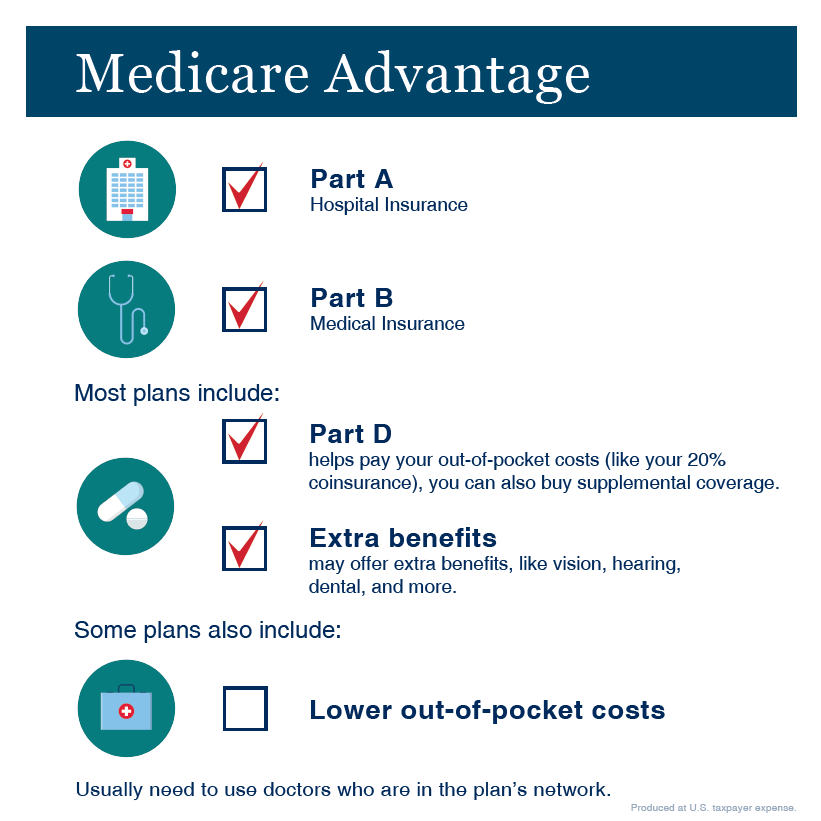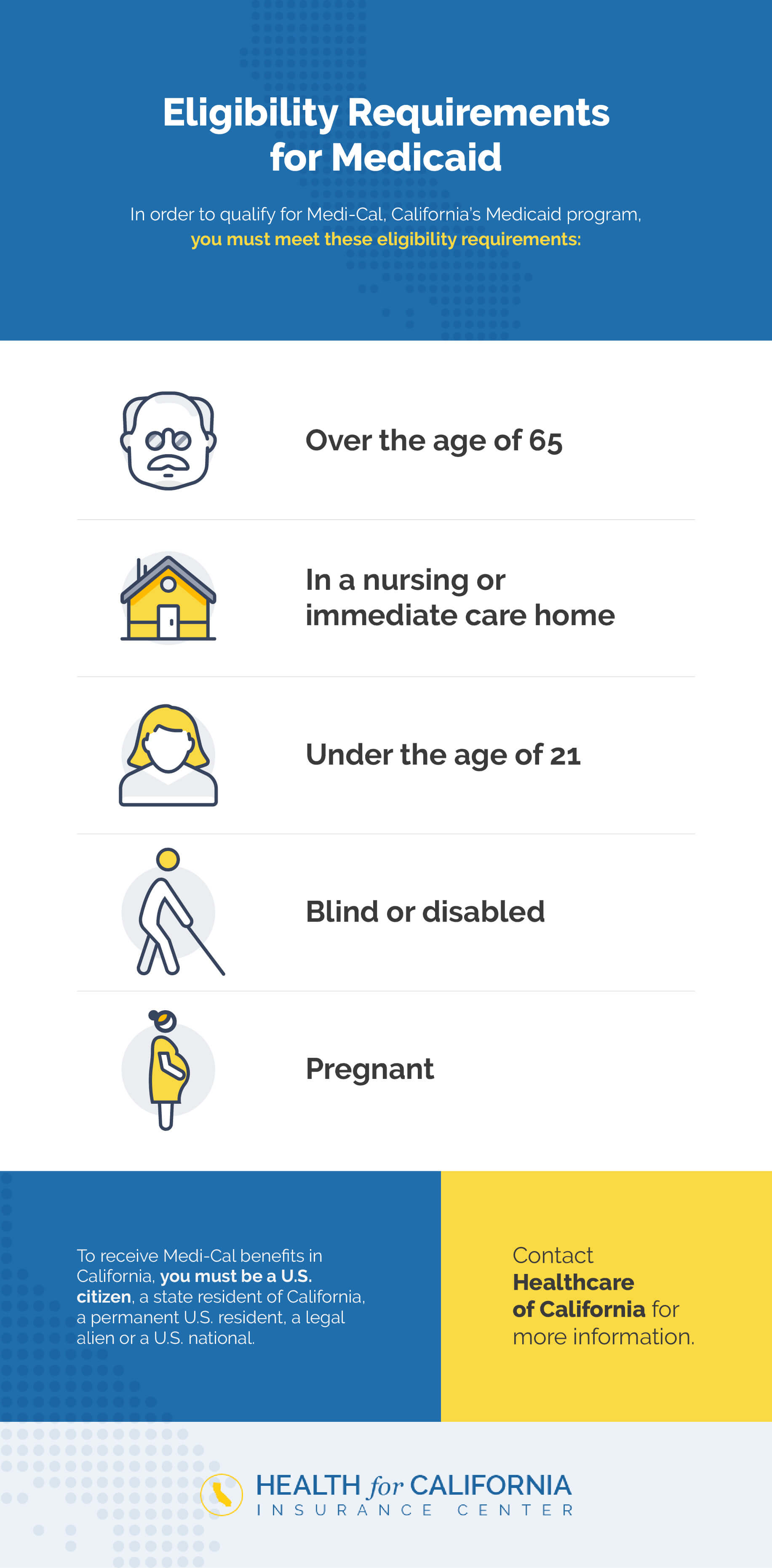Excitement About Medicare Advantage Agent
Excitement About Medicare Advantage Agent
Blog Article
The Single Strategy To Use For Medicare Advantage Agent
Table of ContentsWhat Does Medicare Advantage Agent Mean?Indicators on Medicare Advantage Agent You Should KnowEverything about Medicare Advantage Agent

complies with from puzzling the relatively young age account of the uninsured with the much better health and wellness, typically, of more youthful persons. This obscures the web link between wellness standing and health insurance coverage. For those without accessibility to work environment medical insurance, poor health and wellness is a prospective obstacle to purchasing nongroup protection due to the fact that such coverage might be very priced, exclude pre-existing conditions, or be just inaccessible. The number of without insurance Americans is not specifically big and has not altered in recent times. 7 out of ten respondents in a nationally representative study thought that less Americans did not have wellness insurance coverage than really do(Fronstin, 1998). About half(47 percent )believed that the number of individuals without medical insurance decreased or remained consistent over the last fifty percent of the last decade(Blendon et al., 1999). This decrease of practically 2 million in the number of people 'without insurance policy (a decrease
of about 4 percent)is definitely a positive change. With a softer economic situation in 2000 the most recent reported gains in insurance protection might not proceed(Fronstin, 2001 ). The decline in the variety of uninsured will certainly not continue if the economic situation remains slow and healthcare costs proceed to surpass inflation. This is since the data were collected for a duration of strong financial efficiency. Of the approximated 42 million people who were without insurance, almost about 420,000(regarding 1 percent)were under 65 years old, the age at which most Americans come to be eligible for Medicare; 32 million were adults between ages 18 and 65, about 19 percent of all adults in this age team; and 10 million were children under 18 years of age, regarding 13.9 percent of all youngsters (Mills, 2000). These price quotes of the variety of persons without insurance are generated from the yearly March Supplement to the Current Populace Survey (CPS), conducted by the Demographics Bureau. Unless otherwise noted, national quotes of individuals without health insurance and percentages of the population with different kinds of coverage are based upon the CPS, one of the most extensively utilized resource of estimates of insurance coverage and uninsurance rates. These surveys and the quotes they yield are described briefly in Table B. 1 in Appendix B - Medicare Advantage Agent. These studies vary in size and tasting techniques, the questions that are asked about insurance coverage
3 Easy Facts About Medicare Advantage Agent Shown
insurance coverage, and the time duration over which insurance policy protection or uninsurance is determined(Lewis et al., 1998, Fronstin, 2000a ). Still, the CPS is especially helpful because it creates annual price quotes relatively swiftly, reporting the previous year's insurance policy coverage approximates each September, and because it is the basis for a regular collection of price quotes for greater than 20 years, permitting evaluation of patterns in coverage with time.

Not known Factual Statements About Medicare Advantage Agent
Over a three-year duration starting early in 1993, 72 million people, 29 percent of the united state population, were without coverage for at the very least one month. Within a single year(1994), 53 million individuals experienced a minimum of a month without coverage(Bennefield, 1998a). 6 out of every 10 uninsured grownups are themselves used. Working does boost the chance that one and one's family members will have insurance coverage, it is not an assurance. Even participants of family members with 2 full time breadwinner have virtually a one-in-ten opportunity of being without insurance (9.1 percent without insurance rate)(Hoffman and Pohl, 2000 ). The connection between health insurance and accessibility to care is well developed, as documented later in this phase. Although the relationship between health and wellness insurance coverage and health end results is neither straight nor easy, a comprehensive professional and health and wellness services research literature links medical insurance protection
to enhanced access to care, much better high quality, and improved individual and population health and wellness standing. For instance, the 2nd record, on individual Going Here health end results for without insurance adults, is stood for by the innermost circle of the figure, while the third record, on household well-being, incorporates the subjects of the second report yet stresses a different system of analysis, namely, the family members. The sixth record in the collection will certainly offer information concerning approaches and efforts taken on locally, statewide, or nationally to address the absence of insurance coverage and its damaging effects. Levels of analysis for checking out the effects of uninsurance. This conversation of wellness insurance coverage focuses mainly on the united state population under age 65 because practically all Americans 65 and older have Medicare or various other public protection.
Additionally, it focuses specifically on those without any kind of medical insurance for any size of time. The issues faced by the underinsured he has a good point remain in some aspects similar to those encountered by the uninsured, although they are usually much less severe. Uninsurance and underinsurance, nevertheless, include definitely different plan issues, and the approaches for resolving them may differ. Throughout this research and the 5 reports to follow, the major focus gets on persons with no medical insurance and therefore no aid in spending for healthcare past what is offered via charity and safeguard institutions. Medical insurance is an effective variable affecting receipt of treatment due to the fact that both clients and doctors react to the out-of-pocket price of services. Medical insurance, nonetheless, is neither required nor adequate to get to medical solutions. The independent and direct result of health
insurance insurance policy protection access to health wellness is well establishedDeveloped Others will certainly acquire the healthcare they need also without medical insurance, by spending for it expense or seeking it from suppliers that offer care cost-free or at highly subsidized rates. For still others, health and wellness insurance policy alone does not ensure invoice of treatment due to various other nonfinancial obstacles, such as a lack of healthcare providers in their community, restricted accessibility to transport, illiteracy, or linguistic and social differences. Formal study about without insurance populaces in the USA dates to the late 1920s and early 1930s when the Committee on the Cost of Medical Care generated a series of reports about funding doctor office sees and hospitalizations. This concern ended up being significant as the numbers of clinically indigent climbed up during the Great Anxiety. Empirical researches regularly sustain the web link between access to care and boosted health results(Bindman et al., 1995; Starfield, 1995 ). Having a normal source of treatment can be taken into consideration a predictor of gain access to, instead than great post to read a direct procedure of it, when wellness results are themselves made use of as access indicators. This extension of the notion of access dimension was made by the IOM Board on Keeping Track Of Access to Personal Healthcare Services(Millman, 1993, p. Whether or not parents are insured shows up to influence whether or not their children get treatment in addition to just how much careeven if the kids themselves have coverage(Hanson, 1998). The health of moms and dads can impact their ability to take care of their kids and the level of household anxiety. Stressing over their youngsters's access to care is itself a source of anxiety for parents. Three chapters adhere to in this record. Chapter 2 gives a summary of just how employment-based medical insurance, public programs and specific insurance policy plans operate and engage to give extensive yet incomplete protection of the united state population. This consists of an evaluation of historical fads and public plans impacting both public and personal insurance, a conversation of the communications among the different sorts of insurance, and an evaluation of why people move from one program to another or wind up

Report this page